304 vs 316 Stainless Steel Flanges: How to Select the Right Material for DN25*PN6
2025-10-16 13:53:47
The Key Role of Plate Welding Flanges
In any fluid system, the quality of each connection determines overall reliability. The Plate Welding Flange—a circular component welded to the pipe end—provides both a sealing surface and structural stability. Selecting the right material for this flange is vital, especially when it comes to choosing between 304 and 316 stainless steel for DN25*PN6 applications.
At first glance, both grades look similar. But their internal composition and corrosion resistance levels can dramatically influence performance, cost, and service life.
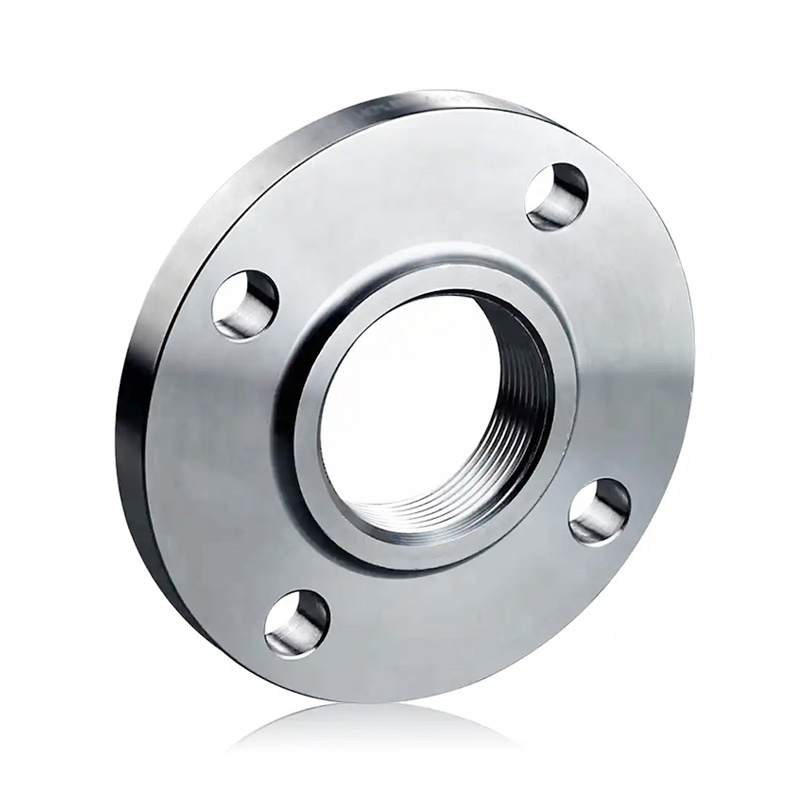

1. What Is a Plate Welding Flange?
A Plate Welding Flange is typically a flat, circular metal piece welded directly to a pipe. Once attached, it allows the connection of two pipeline sections or other components using bolts and gaskets.
This type of flange is most common in low- to medium-pressure systems, such as water lines, HVAC installations, and light chemical processing. For DN25*PN6 systems—where the nominal diameter is 25 mm and the working pressure is around 6 bar—the flange must provide adequate strength, corrosion protection, and easy installation.
When produced from stainless steel, these flanges resist rust, ensure clean weld seams, and maintain stability even in changing environmental conditions.
2. The Characteristics of 304 Stainless Steel
304 stainless steel is often called the “workhorse” of the stainless family. It contains about 18% chromium and 8% nickel, giving it strong resistance to oxidation and most general corrosive environments.
This alloy performs well in fresh water, indoor pipelines, and non-aggressive chemical conditions. It also welds easily, making it suitable for plate welding applications where clean, strong joints are essential.
For most DN25*PN6 pipelines that transport clean water, air, or mild industrial fluids, a 304 Plate Welding Flange is a reliable and affordable option. However, in locations with high salt or chemical exposure, it may not offer sufficient long-term resistance.
3. The Characteristics of 316 Stainless Steel
316 stainless steel, on the other hand, includes an additional element—molybdenum—which significantly improves corrosion resistance, particularly against chlorides and acidic environments.
This means 316 performs far better than 304 when exposed to seawater, industrial chemicals, or outdoor conditions. It is often used in marine pipelines, desalination plants, chemical production facilities, and food-grade systems where hygiene and durability are critical.
While 316 is generally more expensive than 304, the extra investment pays off through extended service life, reduced maintenance, and superior performance under harsh conditions. For DN25*PN6 systems in such environments, 316 Plate Welding Flanges are clearly the more dependable choice.
4. Comparing 304 and 316 Stainless Steel Flanges
Although both materials belong to the same family, their differences are significant. 304 stainless steel provides excellent resistance to rust and is easy to fabricate, but 316 stainless steel stands out in environments that involve chlorides, acids, or outdoor exposure.
In terms of cost, 304 remains the more economical choice, making it suitable for large-scale or budget-conscious projects. In contrast, 316 is often chosen for long-term, corrosion-critical applications where performance outweighs initial cost.
In short, choose 304 when the system runs under normal environmental conditions and the fluid is clean. Choose 316 when you expect constant exposure to chemicals, moisture, or salt.
5. Best Choice for DN25*PN6 Systems
The DN25*PN6 specification usually applies to small-diameter pipelines with moderate pressure requirements. In these systems, both 304 and 316 stainless steels can function effectively, but the correct selection depends on environment and medium.
If your pipeline transports clean or treated water indoors, 304 stainless steel Plate Welding Flanges are adequate and cost-effective. But if your project is located near the coast, involves marine water, or handles industrial liquids, 316 stainless steel flanges will provide better durability and lower long-term costs.
Many Chinese manufacturers now specialize in Plate Welding Flanges made from both 304 and 316 stainless steel. These China-based suppliers offer bulk supply options, ensuring consistent quality, customizable specifications, and short production lead times—an advantage for industrial buyers and engineering contractors.
6. How to Choose the Right Plate Welding Flange
Selecting the proper flange material and specification involves evaluating several technical factors:
Pressure and temperature range: Ensure the flange can handle operational demands.
Medium composition: Choose 316 when exposure to chlorides, acids, or chemicals is likely.
Welding compatibility: Match the flange’s material grade with the connected pipe’s alloy.
Surface finishing: A smooth, defect-free surface provides better gasket sealing.
Supply reliability: Working with a China-based manufacturer guarantees stable production and flexible bulk delivery options.
Careful evaluation of these points ensures your Plate Welding Flange performs reliably and safely throughout its operational life.
Conclusion: Material Matters for Long-Term Performance
Choosing between 304 and 316 stainless steel flanges for a DN25*PN6 system comes down to environment and application.
If you require a practical, cost-efficient solution for indoor or mild conditions, 304 Plate Welding Flanges are the right fit. For harsher, more corrosive environments—like marine, outdoor, or chemical operations—316 Plate Welding Flanges provide greater protection and longer lifespan.
By partnering with a reliable Chinese manufacturer offering bulk Plate Welding Flange supply, you ensure your project benefits from consistent quality, standard compliance, and dependable performance.
In the world of pipeline engineering, selecting the proper flange material is not a minor detail—it’s a long-term investment in safety, efficiency, and reliability.
References
GB/T 7714:Wang Z, Di-Franco F, Seyeux A, et al. Passivation-induced physicochemical alterations of the native surface oxide film on 316L austenitic stainless steel[J]. Journal of The Electrochemical Society, 2019, 166(11): C3376.
MLA:Wang, Zuocheng, et al. "Passivation-induced physicochemical alterations of the native surface oxide film on 316L austenitic stainless steel." Journal of The Electrochemical Society 166.11 (2019): C3376.
APA:Wang, Z., Di-Franco, F., Seyeux, A., Zanna, S., Maurice, V., & Marcus, P. (2019). Passivation-induced physicochemical alterations of the native surface oxide film on 316L austenitic stainless steel. Journal of The Electrochemical Society, 166(11), C3376.
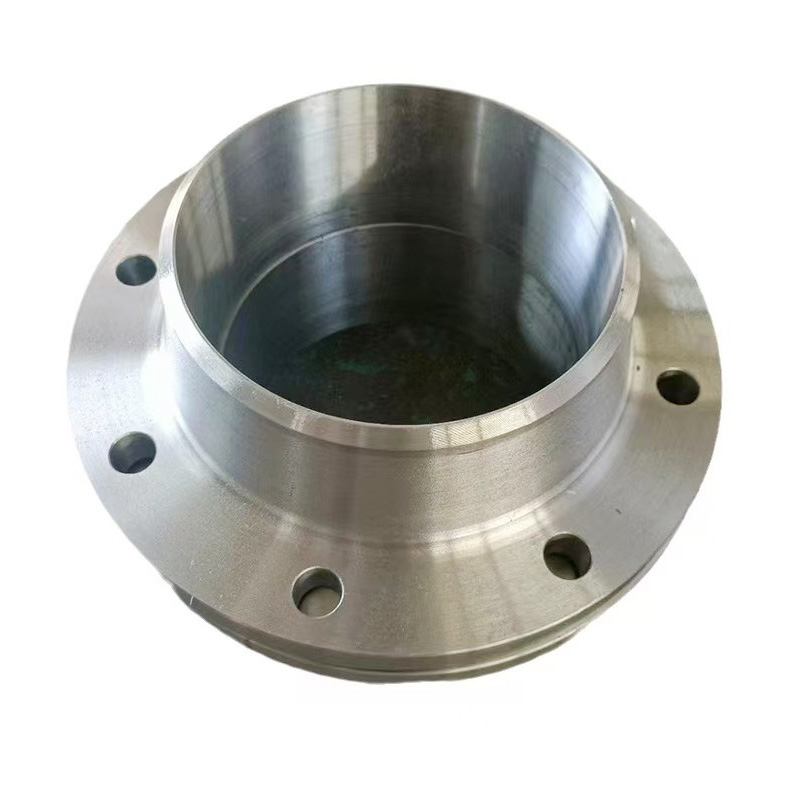
AWeld Neck Flange (WN Flange)is a type of piping flange designed to be welded to a pipe or ...
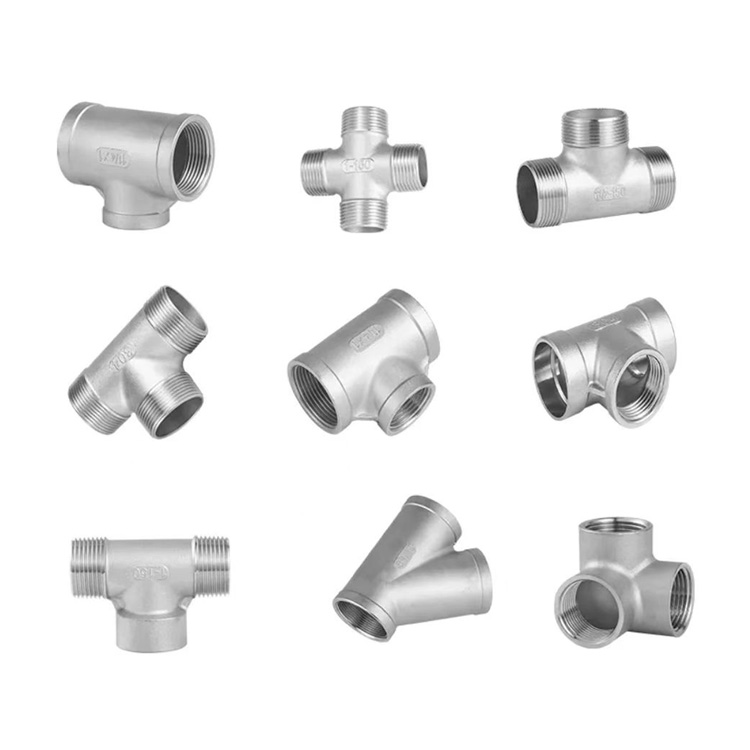
Socket fittings are essential components in piping systems, designed to connect, branch, or...
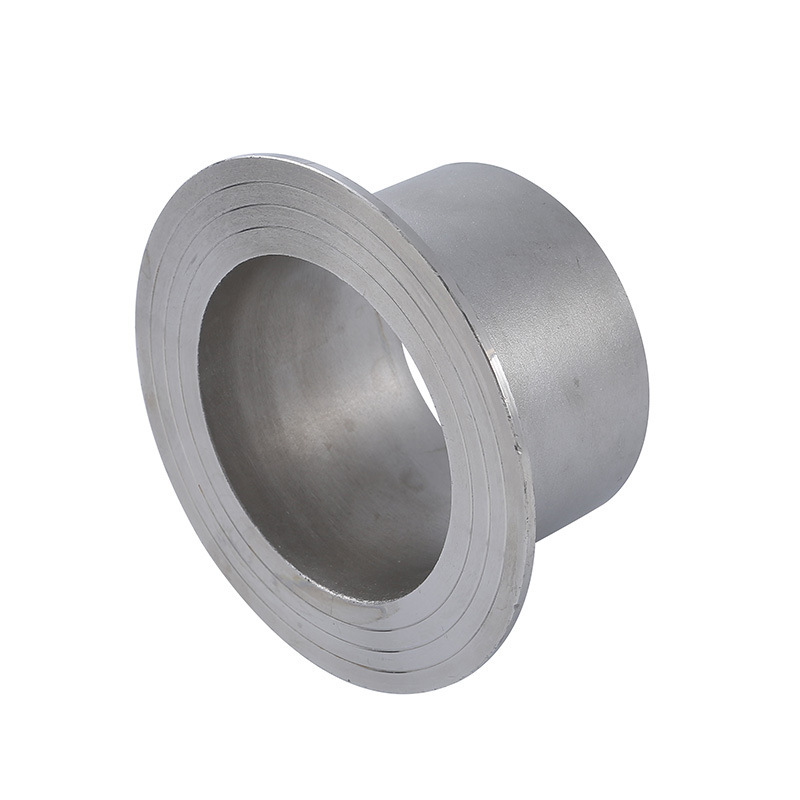
Welding ring is a commonly used metal ring component in pipeline connection or equipment do...
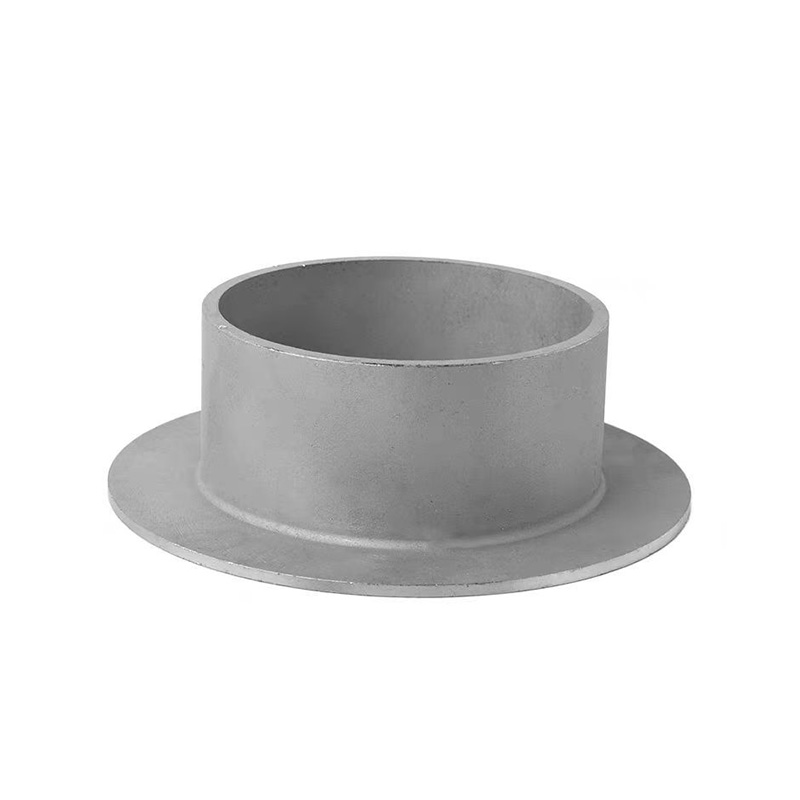
Welding ring is a pipe fitting used for pipeline connection. The following is its detailed ...






